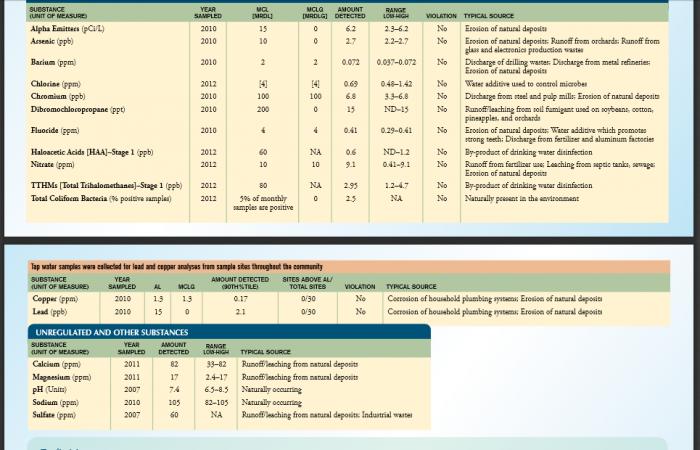kako187
Well-Known Member
Hello guys I am looking for some help troubleshooting my low efficiency. I am new to all grain brewing and have done 5 batches so far. I use a rectangular cooler as a mash tun. I believe it is 52 quart with a SS braid. My first two batches were perfect and I hit my numbers dead on. The first was a left hand milk stout and the second was a blonde.
After this I started having problems. I am coming up 10- 20 points short on my OG. I have not changed anything in my system and cannot figure it out. I use two different thermometers both calibrated at 32 degrees in Ice water and read 211-212 in boiling. I mash at 151 - 154 for 60 to 75 min. I typically lose about 3 degrees during my mash. I dough in slow and stir like hell for 5 mins ish. I stir once at 30min then after 60-75min i vorlouf and drain.
I batch sparge. heat my water to about 180 and by the time it goes in and i stir like crazy for 5 min it settles about 165 degrees. I then wait 5 min vorlouf and drain.
I mash at 1.25 - 1.5 quarts per pound. I always collect 7 gal in the kettle and boil down to 5 in the fermenter.
I think it is important to note that on my 3rd brew (first one having problems) it was the same milk stout recipe. this came out at 1.051 instead of 1.062 and was BROWN instead of black! I mean LIGHT brown! Could have called it an ambre and gotten away with it! (this is with a pound of roasted barley and 3/4 pound choc malt!)
my next was a RIS that came out 1.082 instead of 1.102 and again brown instead of black (dark brown this time though)
I get my grain at the LHBS and they normally crush at .035. For my last batch i set the mill to .030 with no help in efficiency
Than yesterday was a blonde I upped the grain to 13.25 pounds to compensate and it came out 1.052 instead of 1.075!
My morale is dipping and I feel like I cannot make stouts anymore! I use tap water and I know it is hard water but I dont understand why my first two batched were perfect and now it's just going downhill. I have read and read posts but am clueless. I refuse to start adding DME after all I have invested in all grain set up.
Please help!
After this I started having problems. I am coming up 10- 20 points short on my OG. I have not changed anything in my system and cannot figure it out. I use two different thermometers both calibrated at 32 degrees in Ice water and read 211-212 in boiling. I mash at 151 - 154 for 60 to 75 min. I typically lose about 3 degrees during my mash. I dough in slow and stir like hell for 5 mins ish. I stir once at 30min then after 60-75min i vorlouf and drain.
I batch sparge. heat my water to about 180 and by the time it goes in and i stir like crazy for 5 min it settles about 165 degrees. I then wait 5 min vorlouf and drain.
I mash at 1.25 - 1.5 quarts per pound. I always collect 7 gal in the kettle and boil down to 5 in the fermenter.
I think it is important to note that on my 3rd brew (first one having problems) it was the same milk stout recipe. this came out at 1.051 instead of 1.062 and was BROWN instead of black! I mean LIGHT brown! Could have called it an ambre and gotten away with it! (this is with a pound of roasted barley and 3/4 pound choc malt!)
my next was a RIS that came out 1.082 instead of 1.102 and again brown instead of black (dark brown this time though)
I get my grain at the LHBS and they normally crush at .035. For my last batch i set the mill to .030 with no help in efficiency
Than yesterday was a blonde I upped the grain to 13.25 pounds to compensate and it came out 1.052 instead of 1.075!
My morale is dipping and I feel like I cannot make stouts anymore! I use tap water and I know it is hard water but I dont understand why my first two batched were perfect and now it's just going downhill. I have read and read posts but am clueless. I refuse to start adding DME after all I have invested in all grain set up.
Please help!





















































![Craft A Brew - Safale S-04 Dry Yeast - Fermentis - English Ale Dry Yeast - For English and American Ales and Hard Apple Ciders - Ingredients for Home Brewing - Beer Making Supplies - [1 Pack]](https://m.media-amazon.com/images/I/41fVGNh6JfL._SL500_.jpg)



